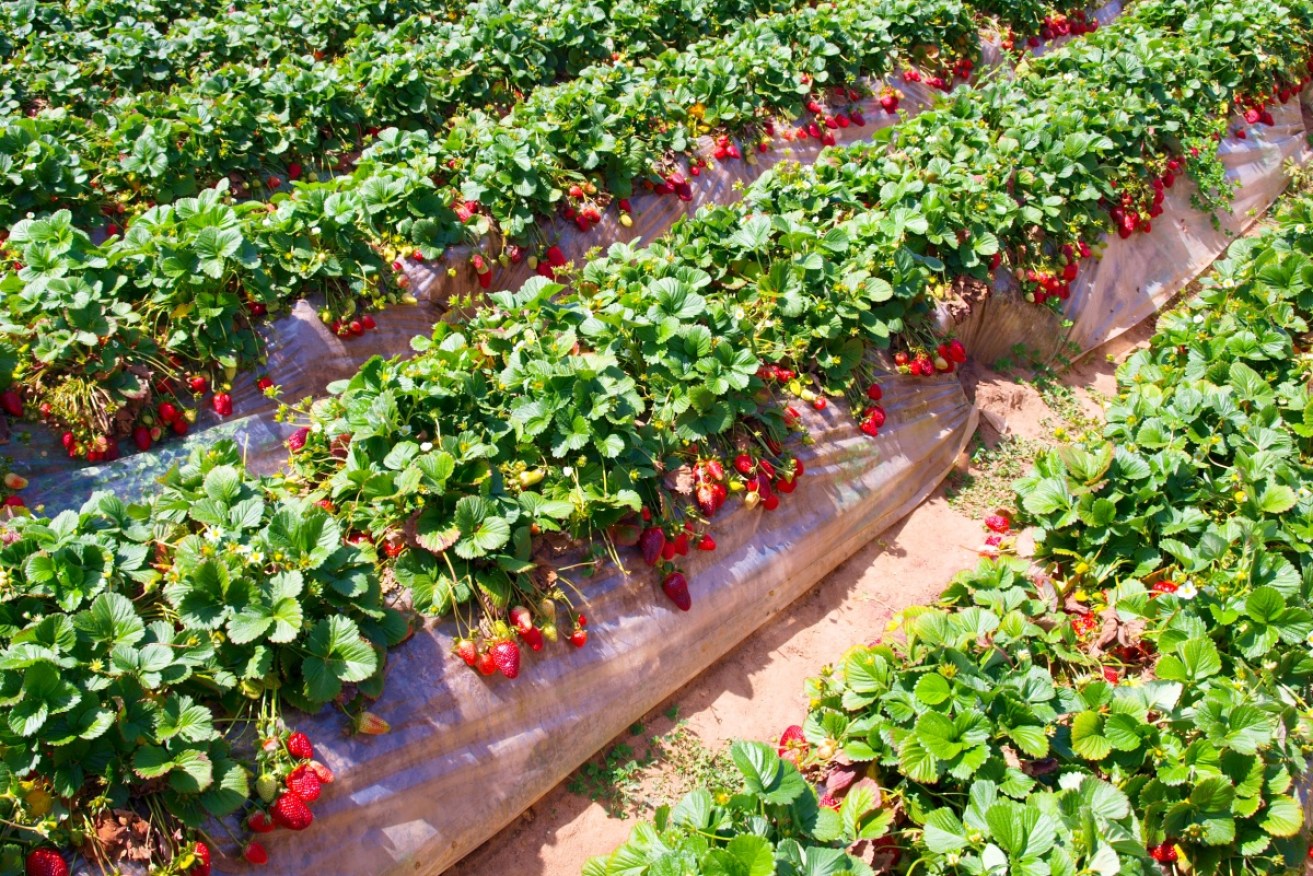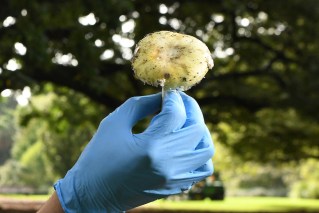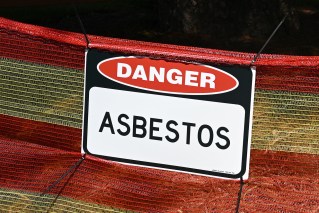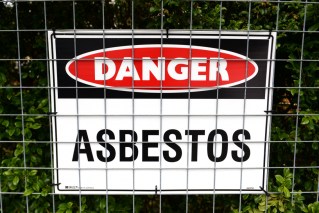Banned pesticide used on Aussie strawberries

Shutterstock
About 70 per cent of Australian strawberries are being fumigated with an environmentally damaging pesticide that has been banned around the world.
Methyl bromide is an odourless and colourless gas which was banned under the United Nations Montreal Protocol in 1989 because it depletes the ozone layer.
Australia agreed to phase it out by 2005 but a decade later, nine strawberry runner growers at Toolangi, in Victoria’s Yarra Valley, are still using nearly 30 tonnes a year.
• Buying organic: which foods are worth it?
• World’s healthiest veggie is…
• Bees make better fruit: research
They produce 100 million strawberry runners annually, which in turn generate about 70 per cent of Australian strawberries.
Each year they apply to the UN for a critical use exemption from the ban, claiming the alternatives are financially crippling.
The co-chair of the UN Methyl Bromide Technical Options committee, Ian Porter, said the situation is frustrating.

Nine strawberry runner growers at Toolangi, in Victoria’s Yarra Valley, are still using nearly 30 tonnes a year. Photo: Shutterstock
“Internationally, we’ve gotten rid of 85 per cent of methyl bromide, and it’s a great win for mankind – in fact it’s the best environmental gain that’s been made,” Dr Porter said.
“(The strawberry runner growers) want to get rid of it, but there’s a responsibility to provide high health runners for the industry.
“It’s frustrating … but we don’t want industries to fall over economically or technically. We don’t want more disease or pests in Australia.”
Environmental Justice Australia said it is concerned the growers are using a loophole to continue their use of methyl bromide.
“I think if people did know more about this issue, they’d be very concerned that the strawberries they’re consuming are contributing to this significant environmental issue,” chief executive Brendan Sydes said.
“There was a commitment to phase out this chemical by 2005 and yet, despite that, we’re continuing to use it in this industry. It’s a real concern.
“I think it’s a real failure of the industry to come up with some alternative methods of producing strawberry runners, but also of the government to insist on compliance with this important regulatory regime.”
Prices would increase to $10 a punnet: industry
The strawberry growers said if they were forced to stop using methyl bromide, the viability of the $400 million strawberry industry would be “compromised” and 15,000 jobs jeopardised.
The industry estimated their costs could soar by 500 per cent if they were to switch to soilless growing systems, similar to those used in parts of Europe.
That cost would be passed on to consumers, and a punnet of strawberries could end up costing more than $10.
“You imagine turning 100 hectares immediately into glass houses, and the impact that would have,” Dr Porter said.
“It’s just not the least bit economical at this stage.
“It’s tough to weigh up economics, it’s one of our challenges. Will consumers pay $10 a punnet? I don’t know.”
But local permaculturist Graeme George said people would pay more.
“I think it’s well demonstrated with the organic industry where prices can be quite a bit higher than with conventional agriculture,” he said.
“I can understand the financial incentives (for using methyl bromide), but it’s symptomatic of the pressures the agricultural industry is under.
“Supermarkets are driving prices down.”
‘Imports would increase, threaten local industry’
The nine farms still using the chemical are part of the Toolangi Certified Strawberry Runner Growers’ Cooperative, which declined to speak to the ABC.
But in a statement they said banning methyl bromide would threaten the Australian industry.
“Consumers would have reduced availability of fresh, delicious, Australian-grown strawberries,” it said.
“Berry imports would increase, which do not always have the same production methods and health standards that Australian strawberries enjoy,” referring to the recent Nanna’s Berries scandal.
The statement said the growers had made a “considerable effort” to reduce their use of methyl bromide and were funding “world-leading research”.
“The runner industry has invested more than $700,000 on research and development to find alternatives to methyl bromide,” the statement said.
“This has included research on new fumigants, biological controls and alternative production systems.
“Research from this program has identified alternatives that proved suitable for other horticultural industries … [but] research has not yet found an effective alternative for runner production at Toolangi.
“The soils at Toolangi are clays with high organic matter, and alternative treatments used in other parts of Australia do not work well in these conditions, especially in cold temperatures.”
The Victorian and federal governments make financial contributions to the industry’s research programs.
– ABC








